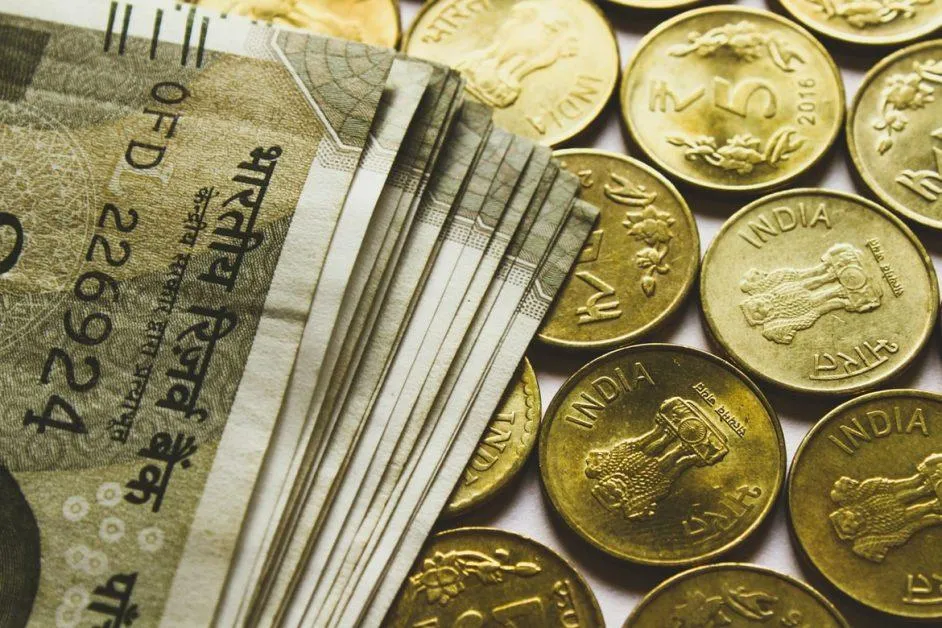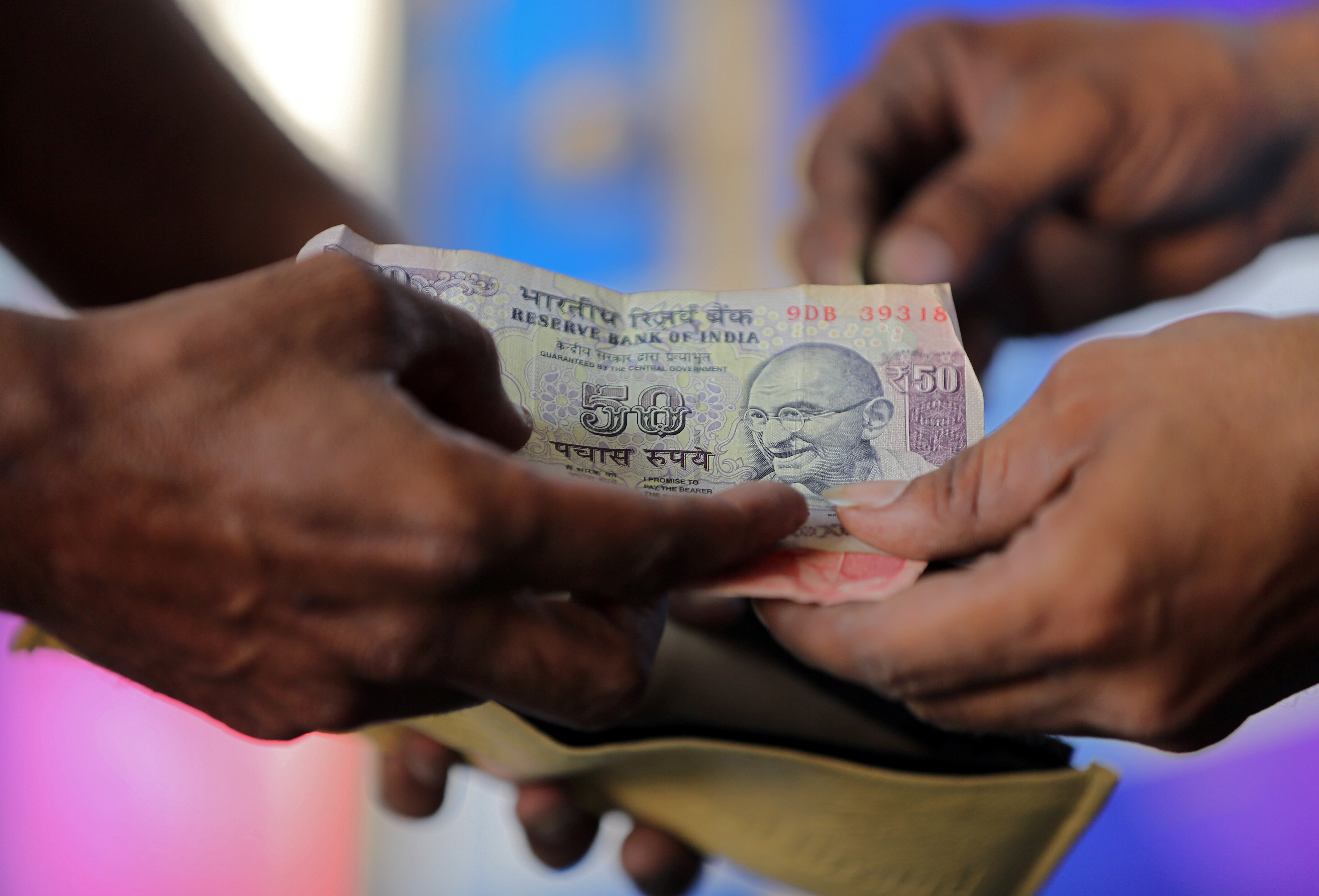"Dream, Dream, Dream! Conduct these dreams into thoughts, and then transform them into action."
- Dr. A. P. J. Abdul Kalam
"Dream, Dream, Dream! Conduct these dreams into thoughts, and then transform them into action."
- Dr. A. P. J. Abdul Kalam
1 Mar 2024
After an extremely stable 2023, the Indian rupee has made a promising start to 2024, being the best-performing Asian currency so far in January (Bloomberg Data). Despite a 2 percent gain in the dollar index, it strengthened by 0.1 percent. All other Asian currencies weakened by about 1.4 percent to 4 percent for the month. Market participants said the local currency recovered against the dollar due to foreign portfolio holdings. "The market is ahead of the expected inflows due to bond inclusion. This may be the reason why the rupee remained largely stable," said Indranil Pan, chief economist at YES Bank.

In January, the domestic debt market clearing was 15.793 billion rupees. JP Morgan has included India in its flagship GBI-EM Global Diversified Index. India joins the rate at one percent in June. The weighting will increase by 1 percent every month to 10 percent until April 2025. Additionally, Bloomberg Index Services Limited (BISL) has launched a consultation paper to seek comments on the proposed inclusion of India's Fully Available Routes (FAR) bonds in the Bloomberg Emerging Market (EM) Local Currency Index. The dollar index fell sharply in December, more than 2 percent, mainly against expectations. on the basis that the US Federal Reserve may start cutting interest rates in March. But the landscape has changed as recent data highlighted the strength of the US economy, leading to a revision of expectations and a delay in expected rate cuts.
Effects of Currency Appreciation ~
When a country's currency appreciates, it can have several different effects on the economy. Here are just a few:
So, exchange rates can fall or rise and fall, responding to the economic and business cycles of the underlying economies and driven by market forces.
"The Reserve Bank is limiting the downside ~ Other Asian currencies are linked to what happens to the dollar. For the Indian rupee, the opposite is true of what is happening," said Vikas Goel, managing director and managing director of PNB Gilts.
"The Reserve Bank has already curbed it and then there is a lot of capital inflow, especially in the debt segment. So growth is limited. Then there are probably downsides as well. Despite this, the Reserve Bank is very active even below 83 rupees per dollar. Hence it is in a very narrow range, Goel added.
Market participants expect the rupee to strengthen in the current calendar year. "If flows remain healthy, we should have a reasonable balance of payments surplus, which the RBI should cut significantly. But next year, we will see the rupee depreciate to around 82.50 rupees against the dollar," Pan said. The CareEdge Ratings report values the rupee at 82 against the dollar in 2024. The report also noted that efforts by the Reserve Bank of India (RBI) to build foreign exchange reserves could act as a counterbalancing force to limit the rupee's appreciation. The latest data from the Reserve Bank of India showed that India's foreign exchange reserves are $616 billion as of January 19, 2024. In 2015, the rupee was remarkably stable and least volatile against the US dollar, seen in almost three decades. The local currency depreciated slightly by 0.5 percent against the greenback. The last time the Indian unit showed such stability was in 1994, when it strengthened by 0.4 percent. The stability was due to the timely intervention of the Reserve Bank of India in the foreign exchange market, both in terms of dollar sales and purchases. Market participants said the timely intervention protected the local currency from further weakening to $84 during the year.
